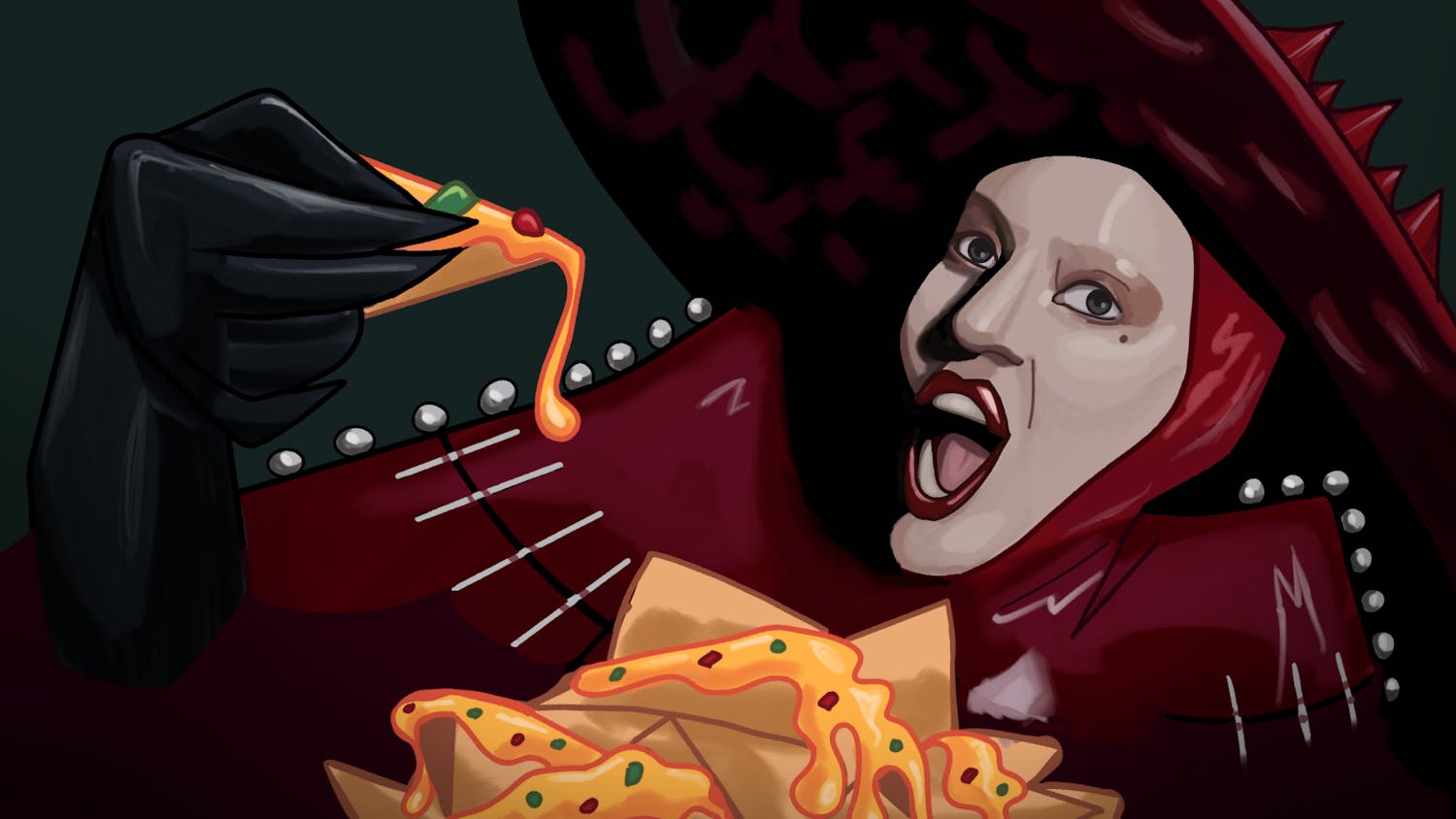There’s nothing like experiencing a music festival through a first-timer’s eyes. The sights and sounds, the myriad personalities of fellow festivalgoers and learning the tricks of the site’s security and management become an overwhelming sensory overload from time to time. This inundation of experiences, packed into a three-day experience, is unlike anything that bands and performers can offer their fans. This experience is what drives millions of people to attend festivals across the country each year.
It’s hard to compare one festival to another. For one, attempting to compare the monstrosity that is Lollapalooza in Chicago to a one-day festival like 4Knots Music Festival in Manhattan is near impossible because of who attends, which bands that perform and the amount of money pumped into the experience. Also, with locations scattered across America, and the world, each setting brings its own charm and hindrances to putting on a near flawless weekend.
Attendees’ experiences can vary across the spectrum regardless of any technical or operational mishaps that may occur. The shared experience at many camping festivals, such as Bonnaroo or Electric Forest, create the necessity to bond and connect with fellow attendees. Camping festivals usually have a higher cost of entry, because of the requirement of on-site camping, but stories from camping festivals are usually littered with anecdotes about the development of a community with your neighbors. This community creation only enhances the attendees’ experience.
It’s possible to find these communities at festivals held in cities, but amenities like off-site lodging, transportation to and from the festival and the ability to go out into the city after a day of performances allows for attendees to choose how much they’ll buy into the festival experience. These festivals, like Lollapalooza and Governor’s Ball, allow for an easier experience, if you can afford it.
The barrier of entry to any festival is the cost itself. Three-day passes to city festivals can range from $200 during the early sale season to upwards of $450 for larger, more prominent festivals like Lolla or Ultra Music Festival. This doesn’t account for lodging, transportation, food and water for three days and any money you’d want to spend at the festival. For a weekend trip, it’s a steep cost, and festivals attempt to help consumers by offering one-day passes.
The ever-increasing cost of attending festivals seems matched with the amount of corporate sponsorship that goes into the events. Want to buy a beer between sets? That can cost you up to $10-13 depending on the festival and sponsor. While many festivals have a few water stations throughout the grounds, bottled water can cost up to $6. Even as more businesses get into sponsoring various festivals, their products sold are astronomically higher than you’d think if you’re a festival newbie.
The creation of a community, and its sustainability, have the ability to make or break a festivalgoer’s experience. While uncommon, assaults and overdoses do occur at festivals of varying location and genre. This isn’t a reflection on the work that the festival does to protect the attendees, but on those who attend. I never had a bad experience at any festival I went to, but for most of them, I attended with people who had been there before and understood how the community already worked.
So, there’s the rub. Festivals are no longer the utopian, Woodstock-like experiences upon which parents fondly remember. However, it’s not like walking into Lollapalooza will be the same as going to the Altamont Free Concert in 1969. Preparation is key, and, once you feel ready to undertake the quest, you’ll walk into one of the most welcoming, hypnotic experiences in life.
Even with the possibilities of problems that may arise over a weekend, your mind is elsewhere. You’re meandering through thousands of people, all of whom are here to experience the same music that you are. The artists are here to connect with their fans, and you’re paying the cost of maybe six concert tickets to see upwards of 20 to 25 different bands. Hearing your favorite DJ under a canopy of trees in Michigan or against the Chicago skyline, connecting and reconnecting with people throughout the festival and heading back to your lodging to swap stories about who and what you saw that day all come together to create a shared experience unmatched elsewhere in the music industry.
Festivals are far from perfect, but they foster community in an age of digital communication and downloads that has separated the performer from the consumer. Problems exist throughout festival security and crowd control, but the instances of violence are rare enough to hope that promoters are learning from and listening to fans. Festivalgoers are a different breed, and each festival attracts their own stereotypes. But if you can look past the corporatism, the celebrity and the price, you’ll find a microcosm of creativity, community and hospitality.





